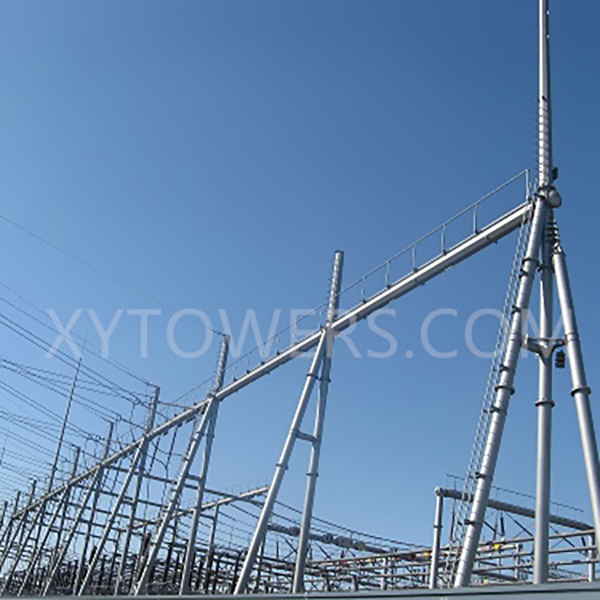
In the field of electrical engineering and power distribution, "substation structure" refers to the physical framework that supports the various components of a substation. This structure is essential for the safe and efficient operation of the power system, especially in the case of high-voltage power transmission. The integration of structural steel, electrical steel and other materials plays an important role in the design and function of a substation.
Substations are an essential part of the power grid, serving as hubs that convert electricity from high voltage to low voltage for distribution to homes and businesses. Substation structures contain a variety of elements, including transformers, circuit breakers, and switchgear, all of which are necessary to manage electricity. The term "substation structure" specifically refers to the physical and organizational framework that houses these components, ensuring they operate safely and efficiently.
Steel is the primary material used in the construction of substation structures because of its strength, durability, and ability to withstand environmental factors. Structural steel is used to build a sturdy framework that can support heavy electrical equipment and withstand harsh weather conditions. Using electrical steel designed for electrical applications can increase the efficiency of transformers and other equipment within a substation.
Substation structural designs often include steel poles, which are essential for supporting overhead wires. These poles must be carefully designed to withstand enormous loads and resist bending or breaking under stress. Integrating steel poles into substation structures ensures that the distribution system remains stable and reliable.
The design and construction of substation structures are subject to strict safety standards and regulations. Using high-quality steel is essential to ensure that the structure can withstand electrical faults, extreme weather, and other potential hazards. A properly designed substation structure can help prevent accidents and ensure the safety of personnel and surrounding communities.
In addition, the design of the substation structure has a significant impact on the efficiency of power distribution. A well-structured substation can minimize energy losses during the transformation and distribution process, ultimately achieving more reliable power delivery. The strategic placement of electrical components within the substation structure also helps optimize performance and reduce maintenance costs.
In summary, the term “substation structure” encompasses the basic framework that supports the various components of a substation. The use of structural steel, electrical steel, and steel poles is essential to the design and function of these structures. By providing strength, durability, and safety, steel ensures that substations can effectively manage the complex distribution of electricity. As the demand for reliable and efficient energy continues to grow, the importance of well-designed substation structures will only increase, making them a vital component of modern power infrastructure.
Post time: Dec-20-2024





